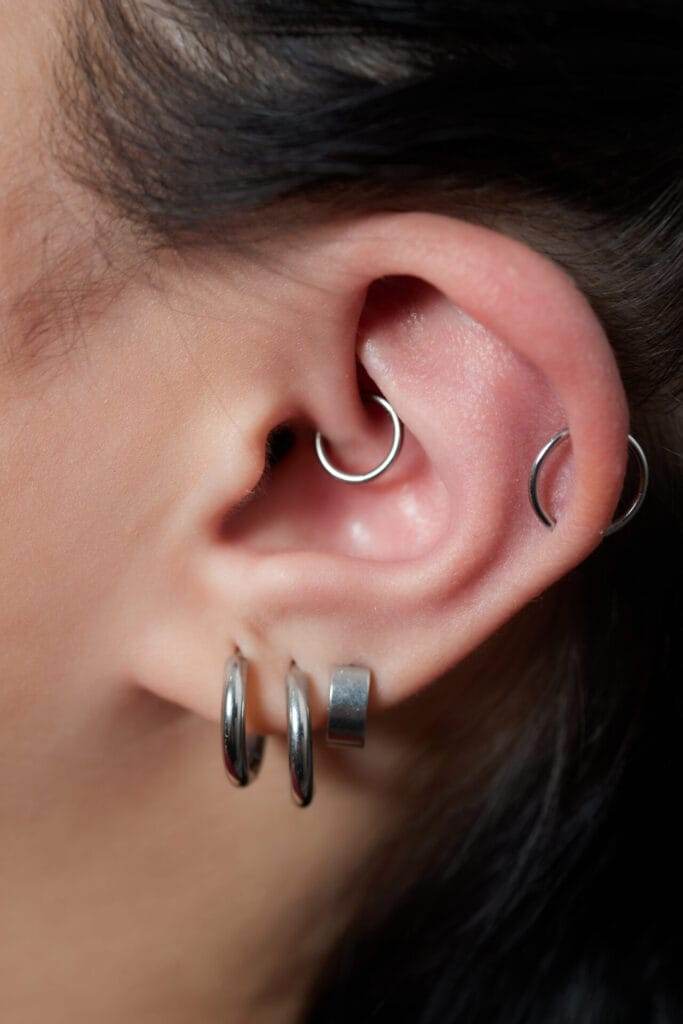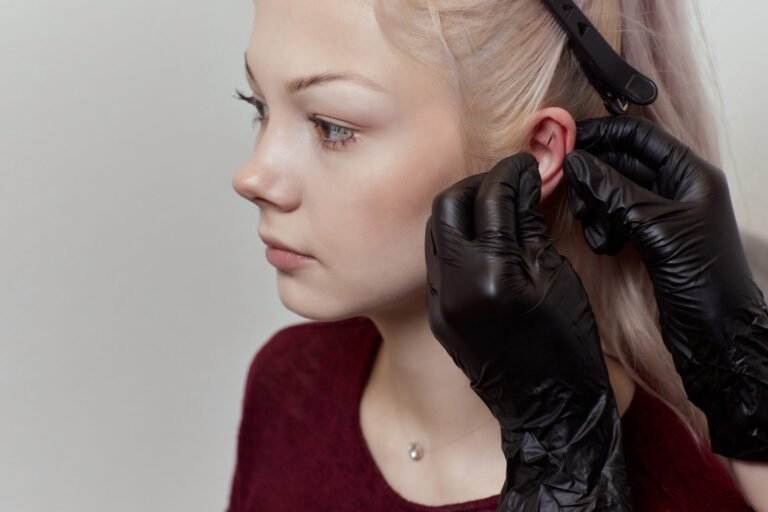Piercing has been a form of body modification for centuries, with evidence of its practice dating back thousands of years. From ancient cultures to modern societies, piercing has held various meanings and significance. In modern times, the art of piercing has seen a resurgence in popularity, with more people embracing it as a form of self-expression and individuality. The growing acceptance of body modifications in mainstream culture has led to an increase in the number of individuals seeking out piercings as a way to adorn their bodies and make a statement.
Precision in Piercing
Precision is paramount when it comes to piercing. A skilled piercer must have a steady hand and an eye for detail to ensure that the piercing is done correctly. Improper piercing techniques can lead to a host of risks, including infection, nerve damage, and scarring. Precision in piercing not only minimizes these risks but also ensures that the piercing heals properly and looks aesthetically pleasing. The benefits of precise piercing include faster healing times, reduced chances of complications, and overall better results for the client.
Skill in Piercing
Skill plays a crucial role in the art of piercing. A skilled piercer possesses not only technical expertise but also an understanding of anatomy, aesthetics, and client care. A good piercer should be knowledgeable about different piercing styles, techniques, and aftercare practices. They should also have excellent communication skills to ensure that clients feel comfortable and informed throughout the piercing process. Finding a skilled piercer is essential for a safe and successful piercing experience. Clients can look for piercers who are licensed, experienced, and have a portfolio of their work to showcase their skills.
Styles of Piercing
There are various styles of piercing that cater to different preferences and aesthetics. From traditional earlobe piercings to more avant-garde facial and body piercings, each style carries its own significance and cultural history. Certain piercing styles have been associated with specific subcultures or rituals, adding layers of meaning to the practice of piercing. Understanding the significance of different piercing styles can help individuals choose a piercing that resonates with them personally or culturally. Whether it’s a simple stud or an elaborate industrial barbell, each piercing style contributes to the overall tapestry of body modification as an art form.

Piercing Equipment
Piercing equipment plays a crucial role in ensuring a safe and successful piercing experience. From needles and forceps to jewelry and sterilization tools, each piece of equipment must be high-quality and sterile to prevent infections and complications. Choosing the right equipment for a specific piercing is essential for achieving precise results and minimizing risks. Piercers should invest in reputable suppliers and stay up-to-date on the latest advancements in piercing technology to provide their clients with the best possible experience. Understanding the tools of the trade is fundamental to mastering the art of piercing and delivering exceptional results for clients.
Anatomy Knowledge
An understanding of the body’s anatomy is essential for any skilled piercer. Knowing where nerves, blood vessels, and other structures are located helps piercers avoid potential risks during the piercing process. Different parts of the body have unique anatomical considerations that can impact how a piercing is performed and how it heals. By familiarizing themselves with relevant anatomy, piercers can identify potential complications before they arise and provide clients with accurate information about their piercings. The anatomy of the body serves as a guide for piercers to navigate safely through the intricate process of body modification.
Piercing Process
The process of piercing involves more than just inserting jewelry into the skin; it encompasses a series of steps from consultation to aftercare. A thorough consultation allows piercers to assess clients’ needs, preferences, and suitability for specific piercings. Aftercare instructions are crucial for ensuring that piercings heal properly and remain healthy in the long run. Different piercing styles may require specific aftercare practices to prevent infections or other complications. By guiding clients through each step of the piercing process, piercers can help them feel confident and informed about their body modifications.
Sterilization Practices
Sterilization is a critical aspect of safe piercing practices. Proper sterilization techniques help prevent infections and ensure a clean environment for both piercers and clients. The risks of improper sterilization can be severe, leading to serious health consequences such as bloodborne diseases or allergic reactions. Piercing studios must adhere to strict sterilization protocols recommended by health authorities to maintain a safe environment for their clients. Clients should always inquire about sterilization practices before getting pierced to ensure that their safety is prioritized.

Future Trends in Piercing
The future of piercing continues to evolve with new trends and innovations shaping the industry. From unique jewelry designs to advanced techniques like dermal anchoring or surface piercings, there are endless possibilities for creative expression through body modification. Innovations in piercing technology aim to improve precision, comfort, and healing times for clients seeking out new ways to adorn their bodies. As society becomes more accepting of diverse forms of self-expression, the future of piercing as a form of body modification looks promising with endless opportunities for artistic exploration.
In conclusion, mastering the art of piercing requires skill, precision, knowledge, and dedication to providing safe and exceptional experiences for clients seeking body modifications. The beauty and significance of well-executed piercings lie in their ability to enhance individuality, express personal style, and celebrate cultural traditions. As the art of piercing continues to thrive in modern society, it is essential for both piercers and clients to prioritize safety, professionalism, and creativity in their pursuit of body modification. By embracing the artistry behind each piercing style and respecting the mastery required to execute them flawlessly, we can appreciate the enduring allure of this ancient form of self-expression in contemporary times.







